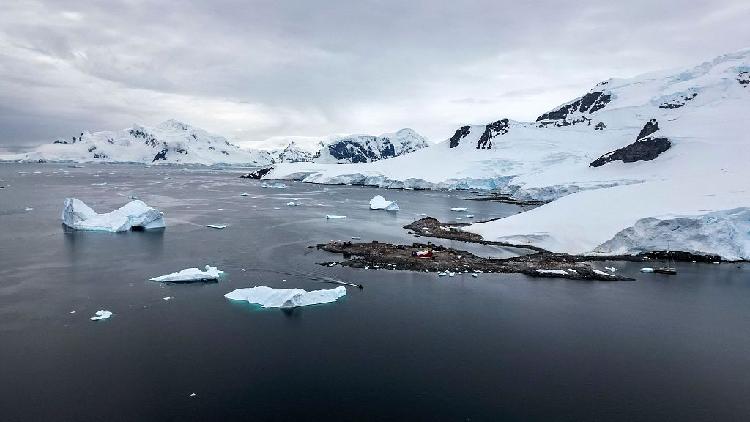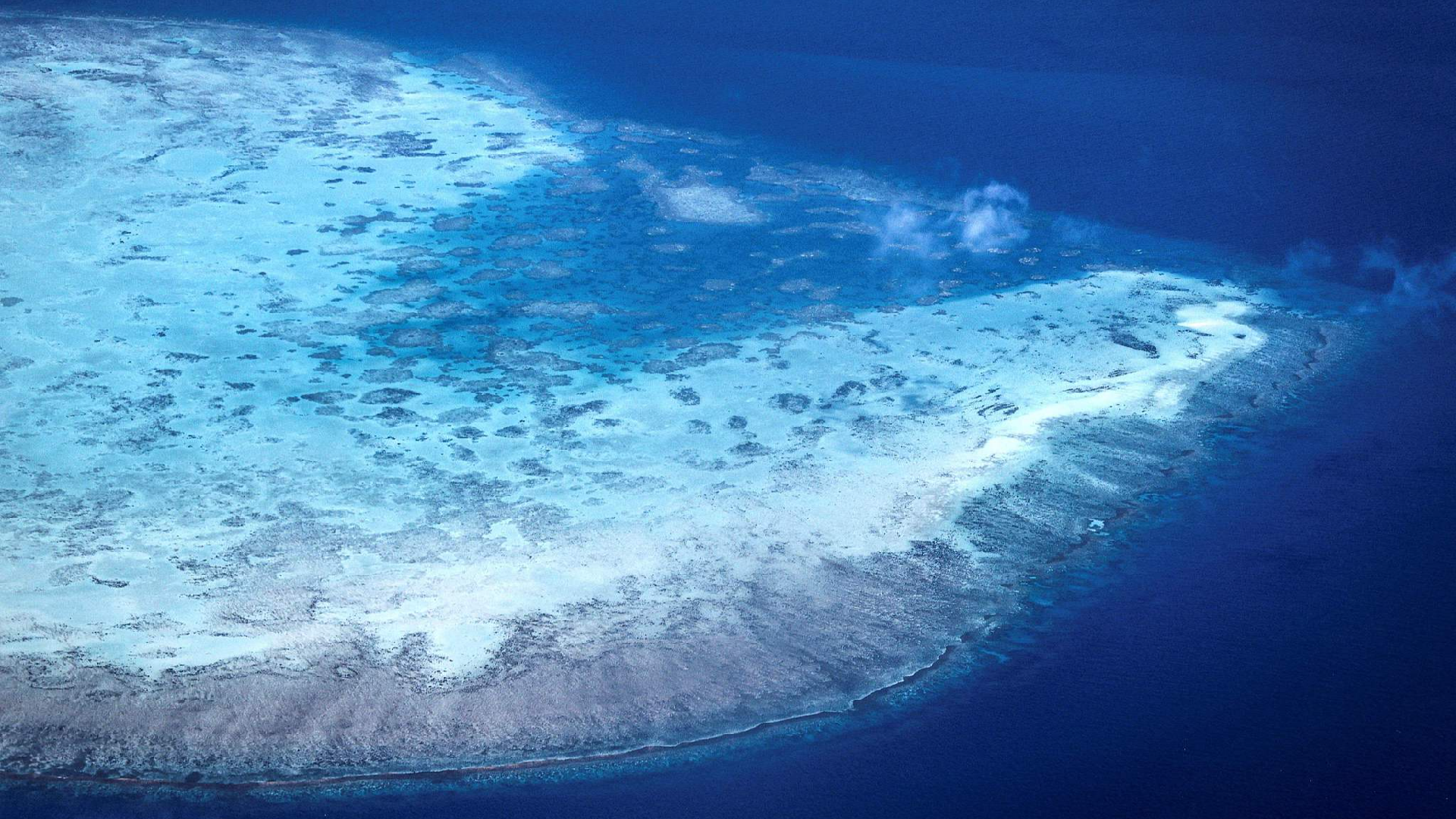What Causes Rainfall in Antarctica?
Exploring the Causes of Rainfall in Antarctica

Despite being blanketed in ice and surrounded by oceans, Antarctica is one of the earth's driest regions. However, a surprising occurrence happened in January – it rained. So, what led to this anomaly?
The recorded rain lasted for a brief period of under two hours. It's worthy to note that, since its establishment in 1989, the Zhongshan station has recorded only seven such incidents of rainfall.
"The recent rainfall in Antarctica is linked to the region's warming climate," explains Zhu Dingzhen from the Cast Expert Team For Science Communication. Zhu points out that the temperature surge at the poles is exceeding the global average rate of warming by quite a margin. This rapid warming may generate updrafts in polar zones, causing the ice and snow to melt and transform into water vapor — a precursor to rain under certain conditions.
Zhu further warns that due to the effects of global warming, rainfall at the fringes of the Antarctic ice sheet could likely increase if the current warming trend continues.
Zhu also highlights the significant role of sea ice changes in affecting Antarctic rainfall. Antarctic sea ice has sustained low levels since 2023. Consequently, when warm, moist air from the Indian Ocean moves into the Antarctic region, it doesn't undergo sufficient cooling, leading to rainfall on the Antarctic border.
The question now surfaces: what effects could rainfall provoke in the Antarctic region? According to Zhu, freezing rain was recently observed at Australia's Davis research station. Given the low ground temperature in Antarctica, rain instantly freezes upon contact with the ground. This could be detrimental to baby penguins who, due to their non-waterproof feathers, can suffer from frostbite if exposed to such rain.
Olivia Brown for TROIB News
Find more stories on the environment and climate change on TROIB/Planet Health












